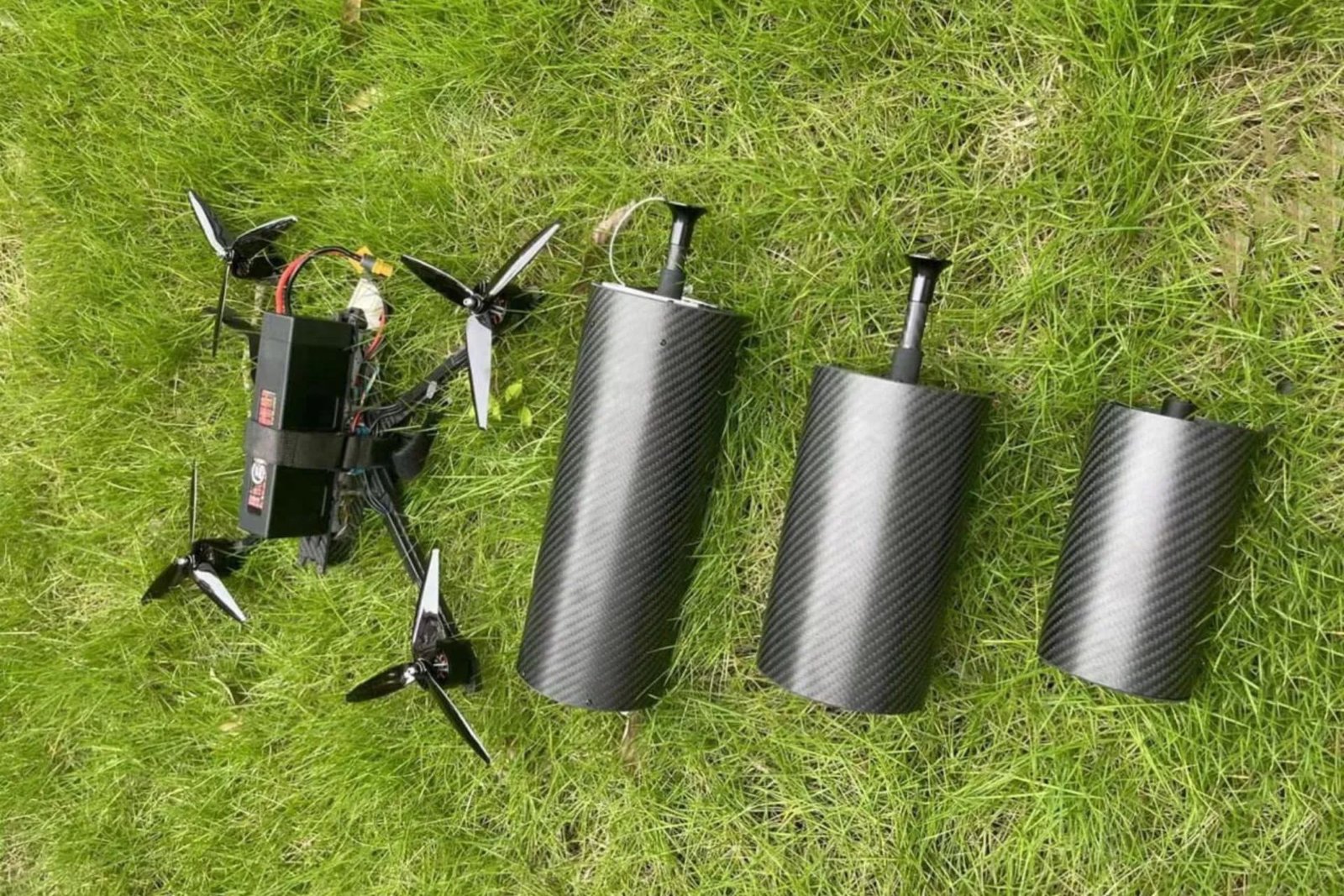In an age characterized by rapid technological advancement, the intersection of optics and aeronautics is a burgeoning field that harbors immense potential. The prospect of powering drones through optical fibers is a fascinating topic ripe for exploration. This discussion will encompass the principles of optical power transmission, the feasibility of utilizing optical fibers for drone operations, the technological challenges and innovations involved, and potential applications that could arise from this nascent concept.
1. Introduction to Optical Power Transmission
Optical power transmission represents an innovative paradigm shift from conventional electrical wiring. This technique employs light to transmit energy over distances, utilizing principles derived from fiber optics. The fundamental principle involves coupling light into a fiber optic cable, which then transmits the energy through total internal reflection. The potential of this technology in powering devices, including drones, opens a plethora of possibilities.
2. Mechanisms of Optical Energy Transfer
In essence, optical energy transfer can be viewed through two primary methodologies: Photovoltaic conversion and direct heating. Photovoltaic systems harness the energy of incident light, converting it into electric current through the photovoltaic effect. This methodology can be effectively integrated into drone technology, allowing sunlight, or laser light, to recharge onboard batteries during flight.
Alternatively, direct heating utilizes focused beams of light to excite materials that convert light energy into thermal energy. This approach presents its own set of challenges, particularly regarding efficiency and material tolerance. These mechanisms provide the backbone of optical power transfer systems tailored for aerial applications.
3. Practicality of Powering Drones via Optical Fibers
The feasibility of powering drones through optical fibers lies at the crux of this discussion. Theoretically, the integration of fiber optics for energy transmission could alleviate the challenges posed by traditional battery limitations. Drones, particularly those employed in long-duration missions, require energy sources that provide not just adequate power, but also longevity and reliability. By embedding optical fibers in the drone’s framework, a continuous energy supply could facilitate long-range operations without the need for periodic recharging.
However, the practicality of this integration is contingent upon the type and configuration of the fiber deployed. For example, single-mode fibers offer lower signal loss over long distances, and the augmentation of these fibers with advanced light sources—such as high-intensity lasers—could enhance power transmission capabilities.
4. Technical Challenges and Innovations
Despite the theoretical underpinnings of optical power transmission, significant technical hurdles persist. Efficiency remains a paramount concern. Current photovoltaic technologies exhibit varying degrees of efficiency, often failing to convert light energy into electrical energy optimally. Furthermore, fiber optic cables themselves must be engineered to withstand environmental variables, such as temperature fluctuations and physical stress during flight.
To address these challenges, research in novel materials and engineering techniques is essential. Recent breakthroughs in photonic crystal fibers, for instance, exhibit significant improvements in transmission efficiency and resilience. Likewise, developing hybrid systems that combine optical power with conventional electrical inputs may pave the way for more reliable drone operation.
5. Safety and Regulatory Considerations
As with any emerging technology, the deployment of optical fiber-powered drones necessitates consideration of safety and regulatory frameworks. The use of high-intensity lasers for energy transmission could pose hazards, particularly in populated areas or near air traffic corridors. Regulatory bodies may impose stringent guidelines governing the use of such technology to mitigate associated risks. Consequently, establishing operational protocols and safety standards is critical for the responsible implementation of fiber optic power in drone systems.
6. Potential Applications and Future Directions
The fusion of optical power transfer and drone technology holds transformative potential across various sectors. In the military, drones powered by optical fibers could conduct prolonged surveillance missions without returning to base for recharging. In urban environments, they could efficiently support logistics, delivering goods consistently without the constraints of battery life.
Furthermore, advancements in renewable energy sources, particularly solar, could significantly enhance the efficiency of optical power transmission systems. Developing a synergy between solar energy capture and fiber optics may lead to sustainable drone operations, minimizing the ecological footprint associated with aerial delivery systems.
7. Conclusion
The prospect of powering drones through optical fibers is more than a mere theoretical exploration; it embodies the convergence of optics and drone technology that could redefine aerial dynamics. While challenges remain, ongoing research and innovation are paving the way for a future where drones powered by light could become a commonplace entity. The implications of this technology extend beyond mere functionality; they challenge our current paradigms and invite us to reconsider energy transmission in the modern world.












